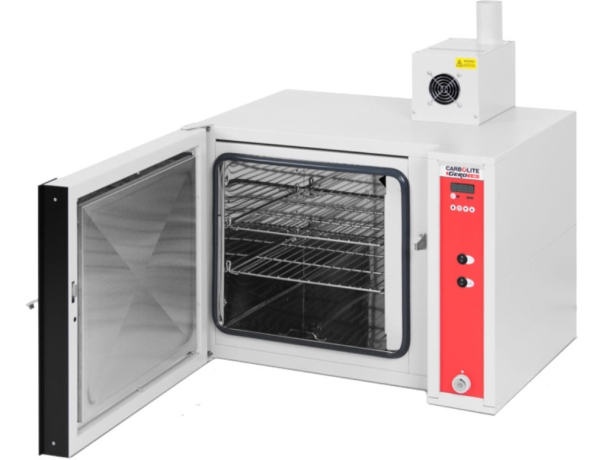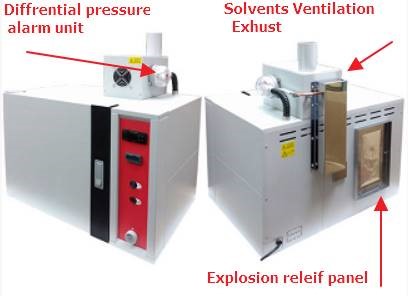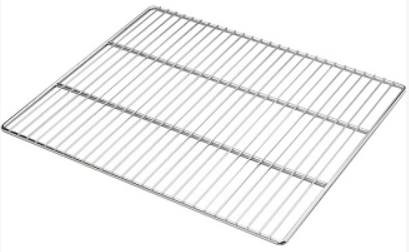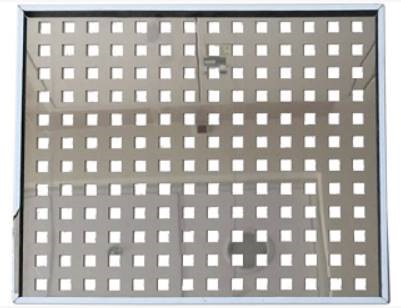Laboratory OVENS, up to 300DEGC. high standards manufactured.
Our ovens come in different sizes and shapes.
We will be happy to help you choose the right laboratory oven.
Important emphases in choosing ovens for the laboratory
-First, decide what size of stove you need. Measure the designated space and Plus the size of the interior space,You need to know the number of samples that must go into the lab oven.It is important to choose the right size to focus on your work.
-Each heating purpose has its own lab oven sub-type. You need to know in advance what the oven is for in order to purchase the optimal lab oven for you.
-The ovens can reach a wide range of temperatures. From high temperatures to low.You have to consider the materials you plan to put in, levels and heating times and the temperature required for heating
-Attention should be paid to the type of air flow, vertical, horizontal or mixed
-ovens safety
-lab ovens can be used for annealing, die-bond curing, drying, Polyimide baking, sterilizing, and other industrial laboratory functions. used in biology,chemistry,pharmaceutical, forensics, and environmental laboratories.
Drying large amounts of water: In processes that require the removal of large amounts of water in the drying process, such as drying vegetables, drying an egg, drying aqueous solutions and more, an oven with a blower is required to remove the large amounts of moisture.For example: MOISTURE EXTRACTION drying oven.It has a blower attached to the chimney on the roof of the oven. It performs air exchanges which remove the moisture from the oven at a high rate.The blower has a high flow rate and replaces the moist air in an oven at a rate 6 times higher than in an oven with normal air circulation, so the drying time is significantly shortened.
Drying solvents:
In processes that require drying of parts or materials that have been washed with solvents, heating can cause an explosion. A STOVING AND CURING oven with explosion protection is required.
Selection of drying ovens
Drying ovens are ovens with an internal chamber designed for temperatures up to 300 degrees Celsius, the heat transfer is in a natural flow in the air or with a blower or with a fan. Acceptable for use in research laboratories, academic institutions and industry.
- What is the use? Drying, removing moisture from materials? Testing products in heat? Hardening of material in heat ?. What is the maximum working temperature? What is the required internal size? How many shelves are needed?
-Dry oven with Air forced or not? With Air forced the uniformity is better and the heating speed is higher and the temperature stabilization after opening a door is higher.With Air forced, drying speed is faster and moisture and gas removal is faster.with Natural convection ovens are used to dry powders that air circulation may flip them.
- Is a passage hole needed in the wall of the oven to move cables or pipes into the inside compartment of the oven?
Is it necessary to evacuate large amounts of water?
-Is it necessary to dry solvents or flammable, explosive materials?
-Is the oven designed for work in a cleanroom.
-Is an inert gas flow needed.
-Is a vacuum needed
- Is a timer needed?
Applications of Drying Ovens
Heating & drying ovens for laboratory & industry:
-Drying of glassware
-warming
-sterlising
-curing
-burning-in
-long term stability testing
-softening
-annealing
-enamelling
-Bending
-Tempering
-Pre-heating
-Soldering
What is a laboratory oven used for?
Dry or dehydrating – used in removal of moisture from samples
Sterilizing – used in destroying removal of bacteria or micro-organisms from laboratory equipment.
Annealing –used in the removal of hardness of a material by relieving the internal stress of a material.
Evaporating-used to turn moist into vapor.

Types of Drying ovens
-Forced air circulation ovens have a blower airflow distribute the heat evenly around the oven and offer excellent temperature uniformity and fast temperature recovery.
Short heat up time to the desired temperature.
Forced air ovens have a turbo blower-assisted airflow design and heavy-duty motors that offers excellent temperature uniformity and fast temperature recovery.
Short recovery time to the temperature after opening the door.
-A gravity convection ovens are ideal for processing powders and other products that may be disturbed by forced air.

Laboratory Oven Shelves
Ovens usually have two types of shelves:
Network shelf

Stainless steel trays

Main manufacturer:
CARBOLITE GERO
-Carbolite Gero-One of the top manufacturers of ovens
-80 years experience
-Carbolite Gero is a leading manufacturer of high temperature furnaces and ovens from 30°C to 3000°C
More Furnaces&Ovens: